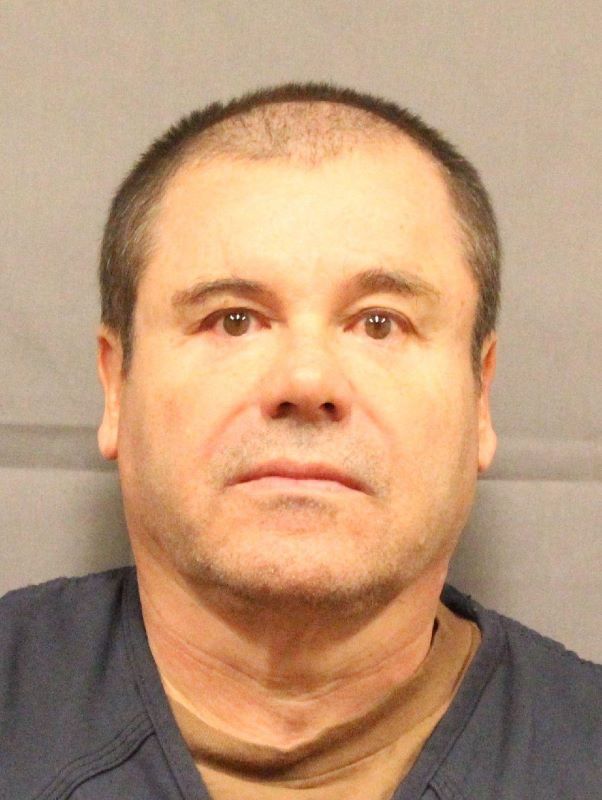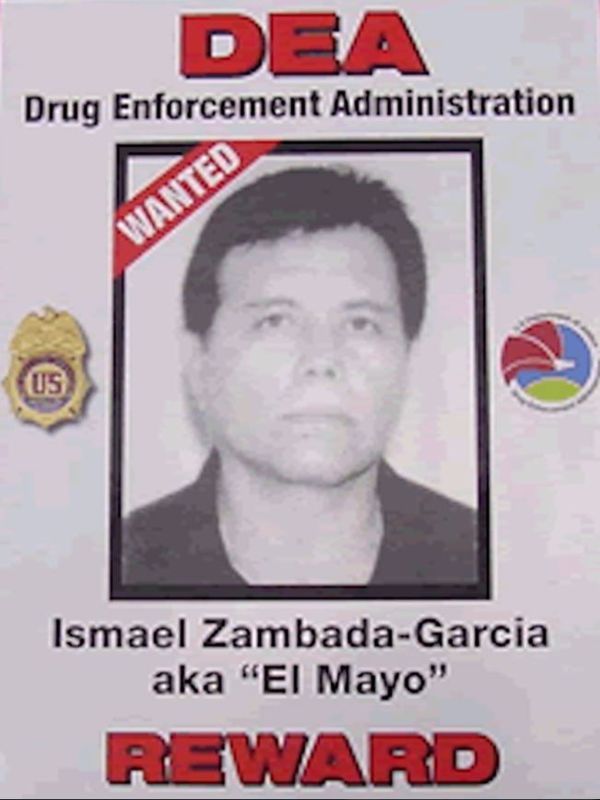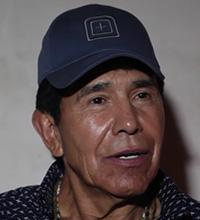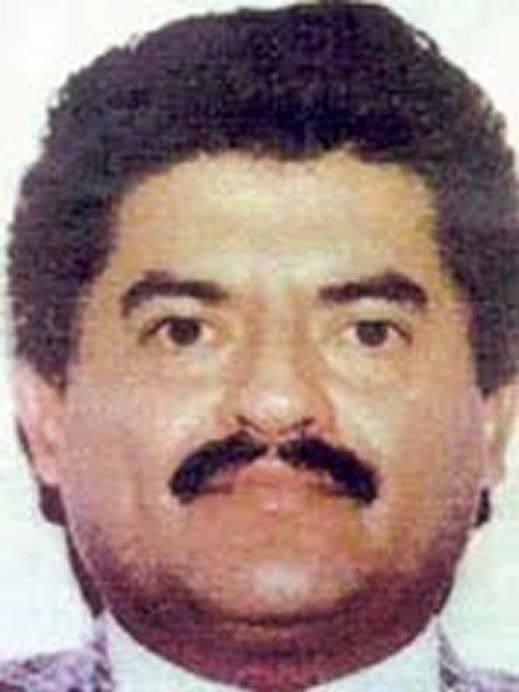The Dark Legacy of Mexico's Notorious Drug Traffickers
This piece delves into the lives and criminal activities of some of Mexico's most notorious drug traffickers, such as Joaquin Guzman, Rafael Caro Quintero, and Miguel Angel Felix Gallardo. It looks at how their actions have affected Mexico and how hard it is to stop drug trafficking.

Mexico's most notorious drug traffickers have become household names across the world, thanks to their involvement in the production and distribution of illicit drugs, including cocaine, heroin, and methamphetamine. Despite the government's best efforts, these individuals have managed to build massive drug empires that have brought violence and corruption to the country. In this article, we will take a closer look at some of the most notorious drug traffickers in Mexico, their rise to power, and their legacy.

Joaquín "El Chapo" Guzmán Loera
Joaquín Guzmán, better known as "El Chapo," is perhaps the most well-known drug lord in Mexico's history. He was born in Sinaloa in 1957 and started his career in the drug trade in the 1980s. He quickly rose through the ranks of the Sinaloa Cartel and became its leader in the early 2000s.
Guzmán is known for his cunning and his ability to evade the authorities. He was arrested in 1993 but managed to escape from prison in 2001 by bribing prison guards. He was arrested again in 2014 but escaped from prison once again in 2015 through a tunnel that had been dug under his cell.
Guzmán was finally captured for the last time in 2016 and extradited to the United States, where he was convicted on multiple charges related to drug trafficking and sentenced to life in prison. His downfall was due in part to his notoriety and the attention he brought to himself, as well as the efforts of law enforcement agencies in both Mexico and the United States.

Ismael "El Mayo" Zambada García
Ismael Zambada, also known as "El Mayo," is another leader of the Sinaloa Cartel and a long-time associate of Joaquín Guzmán. He was born in Sinaloa in 1948 and started his career in the drug trade in the 1970s. He has been able to avoid capture and has managed to maintain a low profile, unlike Guzmán, who was known for his flamboyant lifestyle.
Zambada has been described as a mastermind of the drug trade, with a keen sense for business and a talent for negotiation. He is known for his ability to forge alliances with other criminal organizations and has been able to maintain the Sinaloa Cartel's position as one of the most powerful drug trafficking organizations in the world.

Rafael Caro Quintero
Rafael Caro Quintero was one of the founders of the Guadalajara Cartel, which was one of the largest drug trafficking organizations in Mexico in the 1980s. He was born in Sinaloa in 1952 and started his career in the drug trade in the 1970s. He was responsible for a significant amount of the cocaine that was smuggled into the United States during that time.
Caro Quintero was arrested in 1985 and sentenced to 40 years in prison for his involvement in the murder of a United States federal agent. However, he was released from prison in 2013 after a court ruled that he had been tried in the wrong jurisdiction. He remains at large and is believed to be involved in the drug trade to this day.

Miguel Ángel Félix Gallardo
Miguel Ángel Félix Gallardo is another founding member of the Guadalajara Cartel. He was born in Sinaloa in 1946 and started his career in the drug trade in the 1970s. He was responsible for the smuggling of large quantities of cocaine and marijuana into the United States.
Félix Gallardo was arrested in 1989 and was sentenced to 37 years in prison for his involvement in the murder of the United States Drug Enforcement Administration (DEA) agent. He was also charged with ordering the kidnapping and murder of a Mexican journalist, as well as the murder of a Mexican police chief.
Despite his incarceration, Félix Gallardo is still regarded as one of the most powerful drug lords in Mexico's history. His organization, the Guadalajara Cartel, laid the foundation for many of the drug trafficking organizations that followed, including the Sinaloa Cartel.

Juan José Esparragoza Moreno
Juan José Esparragoza Moreno, also known as "El Azul," is another key figure in the Sinaloa Cartel. He was born in Sinaloa in 1949 and started his career in the drug trade in the 1970s. He is known for his low profile and his ability to avoid the media and law enforcement.
Esparragoza Moreno has been involved in the drug trade for more than four decades and is believed to be one of the most important leaders of the Sinaloa Cartel. He has been able to evade capture, unlike many of his associates, and remains at large to this day.
The Legacy of Mexico's Drug Traffickers
The legacy of Mexico's drug traffickers is one of violence, corruption, and death. The drug trade has claimed the lives of countless people, both in Mexico and in the United States, and has fueled a cycle of violence and poverty that has plagued the country for decades.
Despite the efforts of law enforcement agencies in both Mexico and the United States, the drug trade continues to thrive. The demand for drugs in the United States and other countries is insatiable, and the enormous profits that can be made from the trade make it a tempting enterprise for those with a willingness to engage in criminal activity.
Conclusion
Mexico's most notorious drug traffickers have left a lasting legacy of violence and corruption that continues to affect the country to this day. While some, like Joaquín Guzmán, have been captured and brought to justice, others, like Rafael Caro Quintero, remain at large and continue to be involved in the drug trade.
The fight against drug trafficking is an ongoing struggle, and the government of Mexico and its allies in the United States and other countries must remain vigilant in their efforts to bring these criminals to justice. Only through a coordinated and sustained effort can we hope to put an end to the scourge of drug trafficking and the devastation it brings in its wake.




